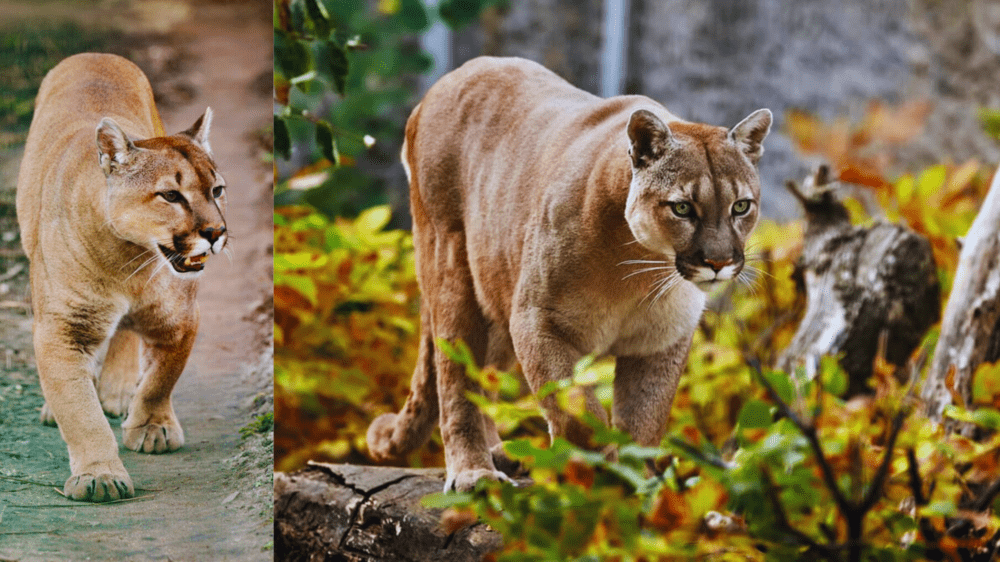A catamount refers to any of various wild cats, particularly known in North America as the cougar or mountain lion, but it can also include other members of the wild cat family such as lynxes. The term “catamount” is derived from “cat of the mountain” and encompasses various species that share similar characteristics, including their adaptability to diverse habitats and their status as top predators within their respective ecosystems. These animals are known by many names across different regions, including puma, cougar, mountain lion, painter, panther, and more, reflecting their widespread presence and cultural significance.
Unraveling the Mystery
Etymology Behind the Name
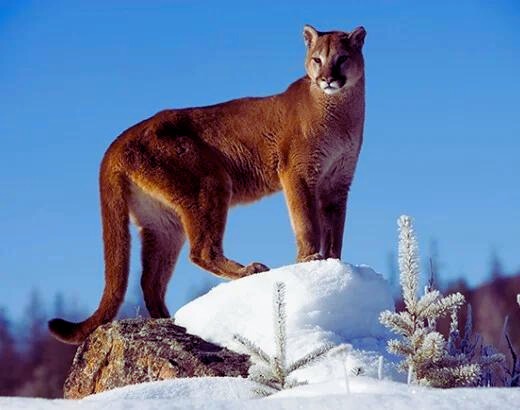
The term “catamount” originates from the late Middle English word “catamountain,” which itself comes from “cat of the mountain.” This term historically referred to various large wild cats known to inhabit mountainous areas, such as leopards and panthers, and it eventually got clipped to “catamount”. The term has been used since the 1660s as a shortening of “cat-o’-mountain” (from the 1610s), which was derived from “cat of the mountain” (mid-15th century), signifying large wild cats of the Old World. In contemporary usage, “catamount” refers to any of the various wild cats, including but not limited to the mountain lion, bobcat, and other American felines resembling lions.
Physical Characteristics
Catamounts, a term that encompasses several types of large wild cats including cougars, mountain lions, pumas, and others, possess distinct physical characteristics:
- Body Color and Markings: Catamounts have a predominantly tawny-beige fur covering most of their body, with a whitish-gray underbelly and chest. Black markings can be found on their face, specifically on the sides of the muzzle and on the backs of the ears. The rest of the body may appear unmarked or feature subtle color variations.
- Head and Ears: They have a round head with erect ears, further accentuating their feline features.
- Body Shape and Agility: Catamounts are characterized by their slender and agile bodies, which aid in their hunting and climbing abilities.
- Tail: They are noted for having a long tail, which is crucial for maintaining balance and steering during high-speed chases or when navigating rugged terrain.
These physical attributes enable catamounts to be effective predators in their habitats, ranging from dense forests to mountainous terrains.
Habitat and Distribution
Their distribution spans much of the Americas, from the Canadian Yukon to the southern Andes of South America, making them one of the most widespread large wild terrestrial mammals in the Western Hemisphere. These adaptable animals inhabit various ecosystems, including forests, mountainous terrains, deserts, and even urban areas, showcasing their versatility in adapting to different environments.
The Life of a Catamount
Diet and Hunting
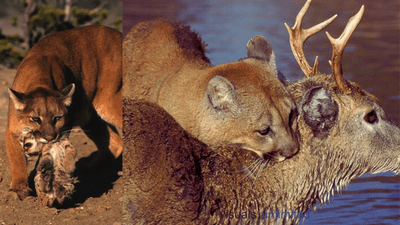
Catamounts are apex predators with a diet primarily consisting of meat. They are generalist hypercarnivores, meaning they prefer a diet of large mammals such as mule deer but will consume any animal they can catch, including insects and rodents. Their hunting strategy is characterized by stealth and strength. Catamounts are solitary hunters, usually stalking their prey at night, silently approaching before pouncing from behind to deliver a lethal neck bite. They can cover up to 15 miles in a single night, searching for food, and are known to be efficient in their hunt, although, like many predators, they do not always succeed. The life of a catamount is marked by periods of intense hunting activity at dusk and dawn, which aligns with their crepuscular nature, being most active during these times to maximize their chances of catching prey.
Reproduction and Lifespan
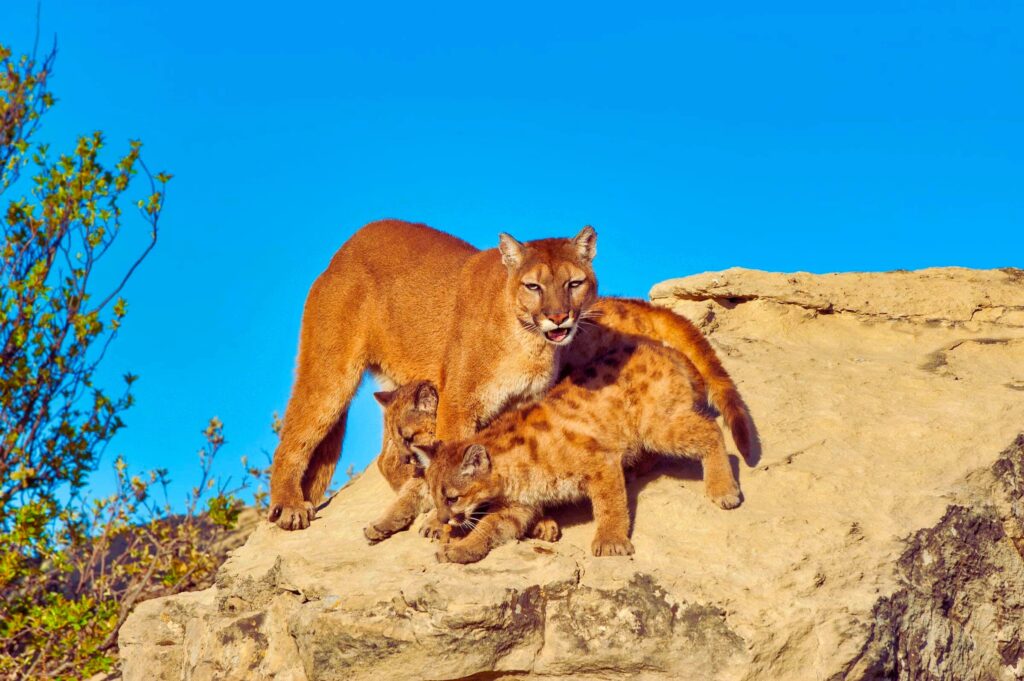
Catamounts, begin breeding around 3 years of age and can mate in any season, though they do not reproduce until they have secured a stable territory. Females may stay reproductive until 12 years of age. The young may stay with their mothers for up to 26 months, but typically, they separate after around 15 months. In the wild, catamounts have a challenging life, with few reaching a full natural lifespan. Their lifespan can range up to 10-13 years in the wild, though some may live 18 to 20 years under optimal conditions. This variability in lifespan reflects the harsh realities they face, including hunting pressures and habitat loss.
Behavior and Social Structure
Catamounts exhibit a range of behaviors that highlight their interactions with each other and their environment. Primarily solitary animals have a social organization that is less visible than that of group-living species. Their interactions are largely characterized by territorial behaviors, with adults maintaining separate territories that they mark and defend against intruders. These territories are essential for hunting and breeding purposes.
Social interactions among catamounts are primarily observed during the breeding season or between mothers and their offspring. Mothers are responsible for teaching their cubs how to hunt and survive in the wild, a process that can last for up to two years before the young become independent.
In terms of their interaction with the environment, catamounts are apex predators and play a crucial role in maintaining the balance of their ecosystems by controlling prey populations. Their behavior and movement patterns are influenced by the availability of prey and the need to avoid human activities. Catamounts adapt to a wide range of habitats, from forests and mountains to deserts, showing remarkable flexibility in their behavior and social organization to thrive in diverse environments.
Catamounts in Culture
Native American Lore
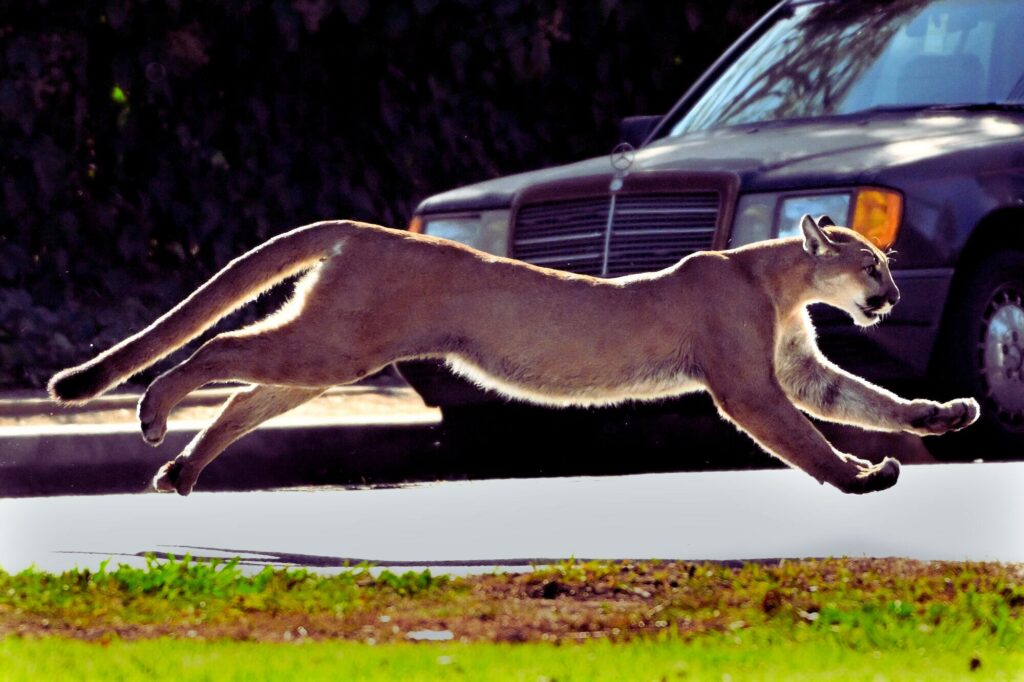
Catamounts hold diverse roles in Native American mythology and culture. These majestic creatures are viewed differently across various tribes. In some Western tribes, catamounts are considered to bear evil omens, especially if one sees a cougar or hears its scream. However, not all Native American cultures revere or fear them in the same way, as thousands of cultures with unique traditions, languages, and myths have thrived in the Western Hemisphere.
Nevertheless, the cougar is also seen as a significant spirit animal and symbol within many tribes, representing power, leadership, and prowess. Tribes such as the Chippewa, Creek, Chickasaw, Caddo, Shawnee, Osage, and Pueblo have cougar clans, emphasizing the animal’s importance in their societal structure and spirituality. The Inca also recognized the puma in their mythology, illustrating the widespread reverence for this animal across the Americas. Archaeological and ethnographic evidence further supports the deep connection between human beings and mountain lions, showing a long history of coexistence and mutual respect.
Modern Symbolism

Catamounts, serve as powerful symbols in sports teams and universities, embodying characteristics such as strength, agility, and tenacity. The University of Vermont, for instance, has chosen an “obscure name” for its mascot but one that resonates deeply with the qualities of prowess and resilience attributed to the catamount. This choice reflects a broader trend in sports and academic institutions to adopt mascots that project the status, legitimacy, and authority of their teams or schools, as well as to foster a sense of collective identity among their members and supporters.
Moreover, the selection of such mascots is often rooted in the desire to symbolize and evoke qualities that are universally admired and aspired to, such as courage, which is similarly cited as a reason for the prevalence of bulldogs as mascots in various institutions.
Conservation Status
Threats to Survival
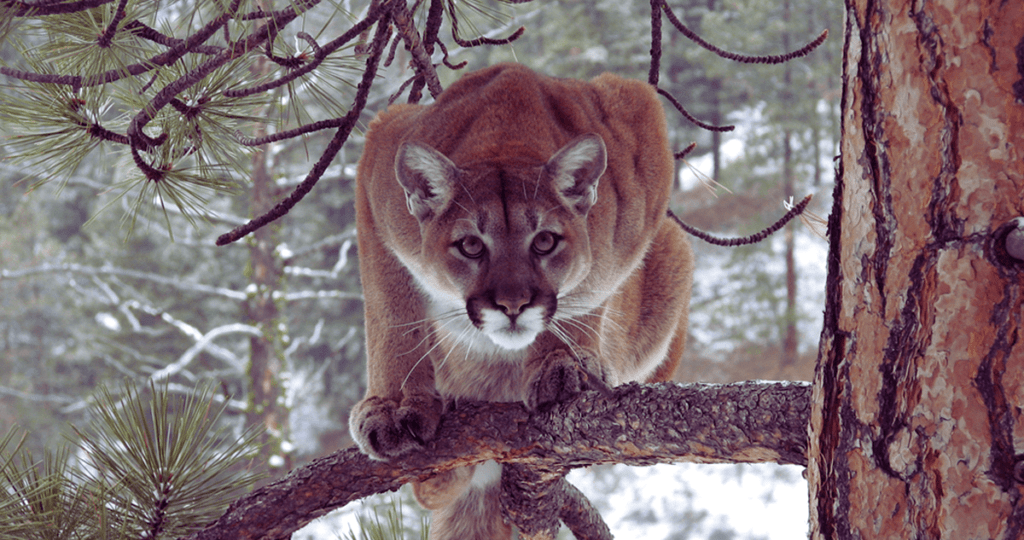
Catamounts, face several significant threats to their survival today. These threats stem from both human activities and environmental changes. Key challenges include:
- Habitat Loss and Fragmentation: The expansion of human settlements, agriculture, and infrastructure development leads to the loss and fragmentation of the catamount’s natural habitats. This not only reduces the area available for their living and hunting but also isolates populations, affecting their genetic diversity and ability to find mates.
- Human-Wildlife Conflict: As their habitats shrink, catamounts are forced into closer proximity with human populations, leading to increased conflicts. They may prey on livestock and pets, prompting retaliatory killings by humans.
- Road Mortality: Increased traffic and road networks cut through their habitats, leading to higher incidences of catamounts being hit and killed by vehicles.
- Illegal Hunting and Poaching: Despite legal protections in some areas, catamounts are still hunted and poached for their fur and other body parts. In some regions, they are hunted to prevent potential attacks on humans and livestock.
- Climate Change: Alters ecosystems and prey availability, further stressing catamount populations.
Conservation Status
Catamounts are currently listed as “Least Concern” by the IUCN Red List, thanks to their wide distribution. However, local populations, especially those in areas heavily impacted by human activity, are under threat and may be declining.
Current Status and Efforts to Protect Them
Efforts to protect catamounts focus on habitat conservation, promoting coexistence between catamounts and humans, and legal protections:
- Habitat Conservation: Protecting and connecting fragmented habitats is crucial. Conservation groups work to secure wildlife corridors that allow safe passage between habitats, reducing the risk of road mortality and inbreeding.
- Coexistence Strategies: Educating communities about catamounts and implementing strategies to minimize conflicts, such as securing livestock and pets, are important steps toward peaceful coexistence.
- Legal Protections: In many places, catamounts are protected under various laws and regulations that prohibit hunting and trade. Enforcement of these laws is critical to their survival.
- Research and Monitoring: Ongoing research to understand their ecology, behavior, and interactions with humans helps inform conservation strategies. Monitoring populations through tracking and camera traps helps assess the effectiveness of conservation measures.
Conservation efforts require the collaboration of government agencies, NGOs, local communities, and researchers. While the challenges are significant, focused conservation actions have the potential to ensure the long-term survival of catamount populations.
Conservation Efforts
Conservationists are employing a variety of strategies to protect catamounts and their habitats, focusing on both legislative measures and practical conservation actions:
- Legislative Measures: Legislation is being introduced to update endangered species lists more frequently and establish critical habitat spaces. These efforts aim to restrict activities that harm catamount populations and their habitats.
- Habitat Protection: Over 70% of the Catamount Trail has been safeguarded through conservation easements and public land acquisitions. This helps ensure that catamounts have the necessary space and resources to thrive.
- Conservation Programs: In California, for example, a formal mountain lion conservation program was established in 2015, building on over 40 years of research into the species. These programs focus on understanding and mitigating the threats to catamount populations.
- Community Forests: The acquisition of land to create protected areas, such as the Catamount Community Forest, ensures long-term habitat protection. These forests provide a safe environment for catamounts and other wildlife.
- Engagement and Commitment: Organizations like the Oakland Zoo have dedicated extensive resources to the conservation of mountain lions, focusing on comprehensive conservation actions that include public engagement and education.
- Collaborative Efforts: Conservation groups work with local governments and communities to implement effective conservation strategies and raise awareness about the importance of protecting catamounts and their habitats.
Encountering a Catamount
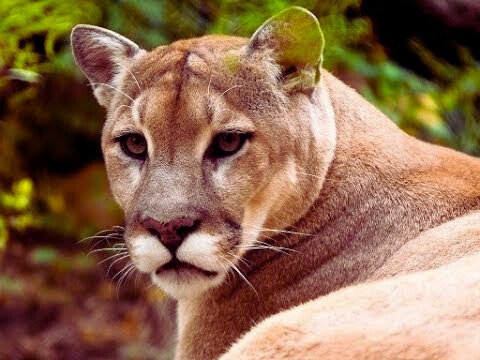
If you encounter a catamount (mountain lion), follow these guidelines to ensure your safety:
- Stay Calm and Hold Your Ground: Avoid running or making sudden movements. Back away slowly if possible.
- Appear Larger: Make yourself appear bigger by standing tall, opening your jacket, or raising your arms. Speak firmly and loudly to intimidate the catamount.
- Maintain Eye Contact: Always keep eye contact with the catamount and face it directly. Do not turn your back or bend over.
- Do Not Approach: Never try to approach a mountain lion, regardless of the situation.
Conclusion
Catamounts are more than just “cats of the mountain.” They’re a symbol of the wild, a reminder of the vast, untamed wilderness that still exists in our world. By understanding and respecting these majestic creatures, we can ensure they remain a part of our natural heritage for generations to come.
Read also: What Is Distilled Water?
